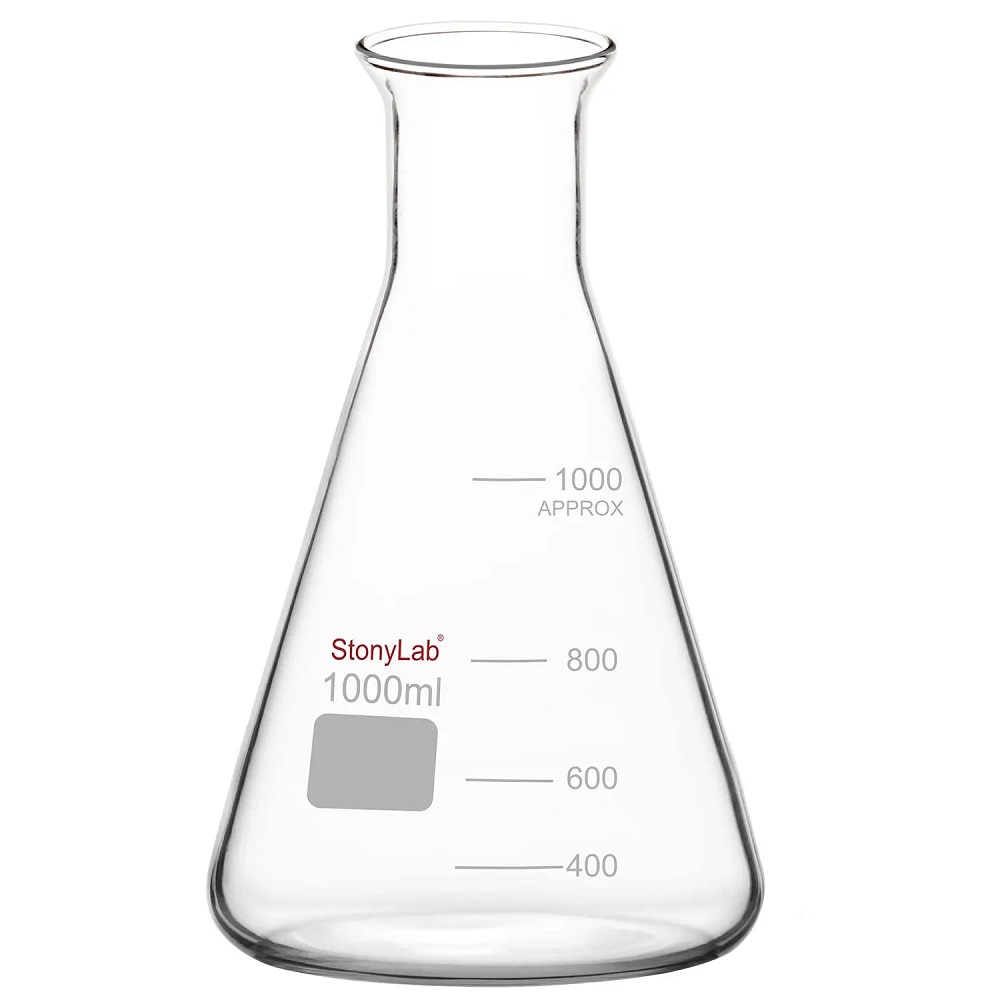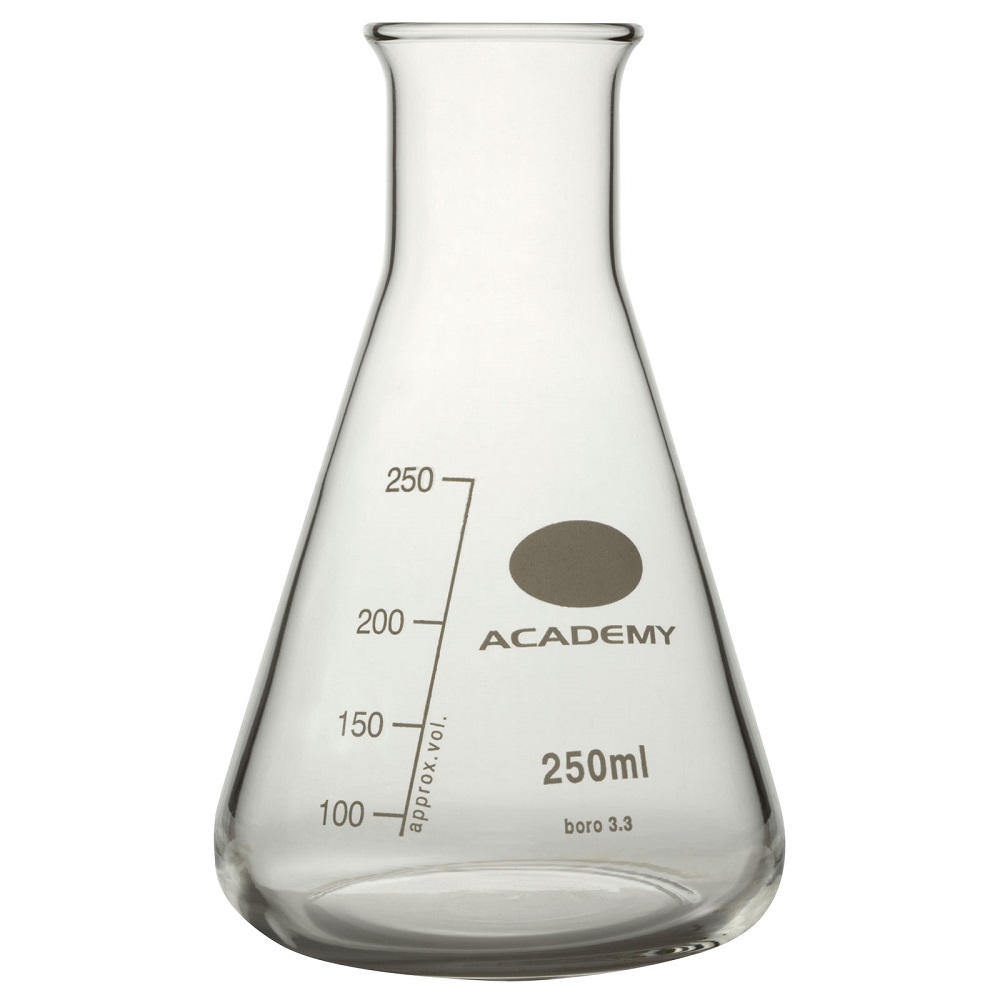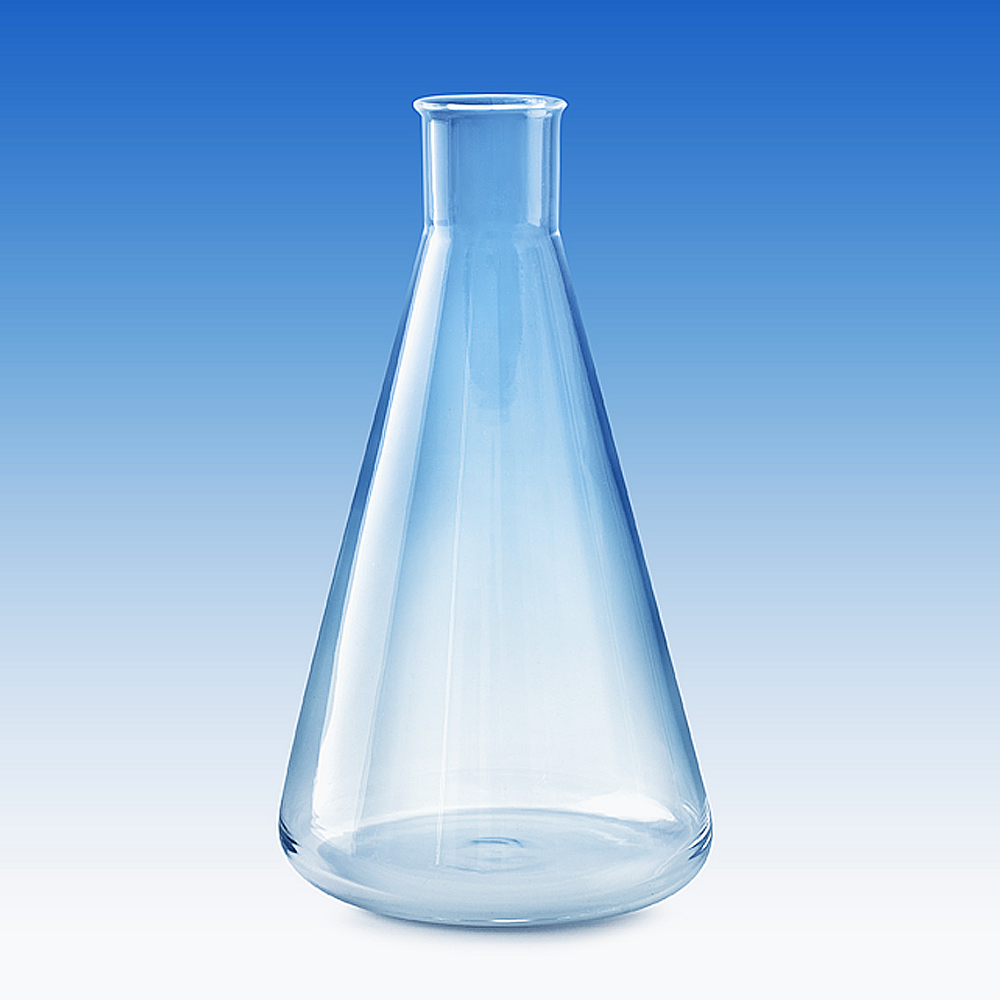Introduction to Laboratory Glassware
In any laboratory setting, glassware is a fundamental component. Understanding the specific tools and their uses is crucial for accuracy and safety in experiments.
Core Differences Between Beakers and Flasks
When looking at beaker vs flask, it’s essential to recognize their core differences.
Beakers are wide and cylindrical with a flat bottom and a spout for easy pouring. They allow for simple mixing, heating, and transferring of liquids. Beakers are commonly used for general tasks where precision is less critical. However, their wide mouth makes them more prone to evaporation and less suitable for long-term storage of solutions.
Flasks, on the other hand, often have a conical shape with a narrow neck. This unique design reduces spillages and evaporation, making flasks better for reactions and when solutions need to be contained for longer periods. The narrow neck also allows for the flask to be closed or capped, further protecting the contents from contamination and evaporation.
Though different in shape and design, both beakers and flasks play pivotal roles in a laboratory. Their construction from materials like glass or clear plastic and graduated markings are commonalities that fulfill the basic requirements of most lab procedures.

Understanding Beakers
General Uses of Beakers in Laboratories
Beakers are common in laboratories and serve various purposes. Their wide, cylindrical shape is ideal for mixing solutions, conducting heating procedures, and for easy transfer of liquids due to the spout. They can handle a range of volumes, making them versatile. This allows them to accommodate experiments involving solvents, reagents, or even simple washes. Additionally, their broad base provides stability which is essential during experiments.
Advantages of Using Beakers
Beakers are favored for several reasons:
- Easy to Use: The simple design makes them user-friendly for newcomers and seasoned professionals alike.
- Versatile: They accommodate a diversity of tasks, including mixing, heating, and pouring.
- Spout Design: The spout ensures precise pouring, reducing spills and waste.
- High Volume Capacity: Large beakers can handle substantial amounts of liquid, valuable for batch processing or larger experiments.
- Visibility: Clear glass or plastic allows for easy observation of contents.
Limitations of Beakers for Precision Work
Although beakers are invaluable tools, they have limitations. The precision of volume measurements can be off by up to 5% or more when using the gradations on a beaker. This makes them less suitable for delicate procedures needing high accuracy. Evaporation is another challenge due to the wide mouth, which exposes liquids to the air. For these reasons, beakers are typically not used where meticulous volume measurements are critical or where solutions must be kept volatile-free.
Examining Flasks
Key Features of Flasks
Flasks, distinct from beakers, offer unique features vital for specific lab tasks. The iconic conical or rounded shapes, combined with a narrow neck, enhance their suitability for reactions, minimizing spills and evaporation. Flasks can also be sealed, preserving solutions over time without contamination risk. With these key features, flasks prove to be versatile instruments in scientific settings.
Applications of Flasks in Laboratory Procedures
In labs, flasks handle a variety of procedures. They are perfect for chemical reactions due to their shape and ability to close. Flasks also serve well in phase changes like heating and cooling. Their design aides in mixing and storing, especially for long-term containment of solutions, proving to be a staple in biological and chemical experimentation.
Benefits of Utilizing Flasks
Flasks offer numerous advantages:
- Safety: Their shape reduces risk of spills during vigorous mixing.
- Long-term Storage: With the option to cap, solutions stay secure.
- Versatility: Useful for reactions, phase changes, and more.
- Stability: The flat bottom prevents easy tipping during use.
- Clarity: Made of glass or clear plastic, content visibility is assured.
Challenges Presented by Flasks
While flasks are essential, they do present some challenges:
- Measurement Precision: Gradations are less accurate, necessitating additional tools for precise volume work.
- Cleaning: Their shape can make thorough cleaning more difficult.
Despite these challenges, flasks’ benefits make them indispensable for laboratory operations. Their design complements a wide array of processes, ensuring their position as a laboratory staple.

Comparing Beakers and Flasks
When discussing beaker vs flask, it’s important to compare them in specific contexts. This sheds light on their unique benefits and suitability for certain lab tasks.
Shape and Measurement Capabilities
The shape of a beaker is cylindrical with a flat bottom, ideal for mixing and roughly measuring liquids. Its markings offer general guidance on volume. Flasks, with their conical design and narrower neck, limit evaporation and spillage. They can be less precise in measurement, often requiring additional tools for accuracy.
Heat Resistance and Chemical Reaction Suitability
Both flasks and beakers endure heat well, accommodating various temperatures. Beakers work well for simple heating tasks. Flasks, on the other hand, are better for reactions. Their shape ensures even heat distribution and can withstand pressure changes.
Cleaning and Maintenance Considerations
Beakers are easier to clean due to their wide opening. Flasks challenge cleaners with a narrower neck. Both require care to maintain integrity and ensure no residue affects future experiments.
Specialized Variants and Their Uses
Laboratory glassware comes in various specialized forms, each designed for specific tasks.
Types of Beakers and Their Specific Roles
Beakers vary in design to meet different laboratory needs.
- Tall Form Beakers: These have a higher profile, ideal for stirring and minimizing splash.
- Low Form Beakers: Also known as Griffin beakers, are more stable and suited for heating.
- Berzelius Beakers: Tall and narrow, these are used for titration.
- Flat Beakers: Have no spout, good for use on hot plates.
These specialized beakers aid in tasks beyond simple measuring and transferring, proving their roles are as varied as their shapes.
Different Flask Designs and Their Laboratory Functions
Flasks, too, have been tailored for distinct applications in the lab.
- Erlenmeyer Flasks: Cone-shaped, great for mixing by swirling without spillage.
- Boiling Flasks: Round, can endure high temperatures for boiling and heating.
- Volumetric Flasks: Designed for precise measurement when adding a solvent to a mark.
- Filtration Flasks: Built to handle vacuum filtration with a side-arm to connect to vacuum systems.
Various flask designs cater to specific functions, from mixing to precise measurements, and are critical in complex laboratory processes. Their unique features ensure they meet the exacting standards of scientific work.

Purchasing Guide for Lab Glassware
When investing in laboratory glassware, making informed choices is crucial. Consider these factors to ensure you get the right tools for your lab work.
Factors to Consider When Buying Beakers and Flasks
Choosing the appropriate beaker vs flask involves several considerations:
- Material Durability: Opt for glassware made from borosilicate or tempered glass, known for its resistance to thermal shock.
- Volume Needs: Assess the volumes of liquids you deal with, ensuring your beaker vs flask meet your capacity requirements.
- Graduation Accuracy: For precision tasks, select glassware with precise graduation marks.
- Chemical Compatibility: Ensure the glassware is suitable for the types of chemicals used in your experiments.
- Ease of Cleaning: Look for shapes that allow for easy cleaning to avoid contamination.
- Heat and Pressure Resistance: If your work involves heating, make sure your beaker vs flask can withstand the temperature ranges.
Where to Find High-Quality Laboratory Essentials
To purchase high-quality beaker vs flask, here’s what you can do:
- Visit Scientific Supply Stores: These specialized stores often offer a wide range of options.
- Check Online Retailers: Many online platforms provide extensive collections and the convenience of doorstep delivery.
- Contact Manufacturers Directly: For bulk orders or specific requirements, going directly to the manufacturer might be beneficial.
- Look for Reviews and Recommendations: Always check the feedback from other professionals to ensure the quality of the glassware.
It’s important to weigh these factors carefully and invest in glassware that will serve your laboratory’s needs effectively and safely.
